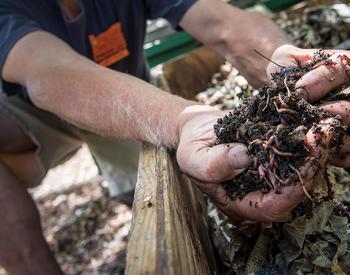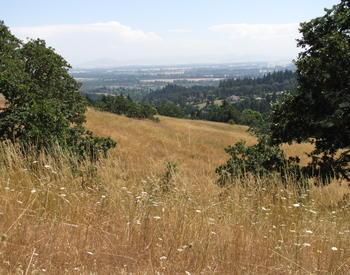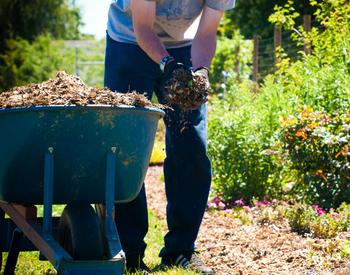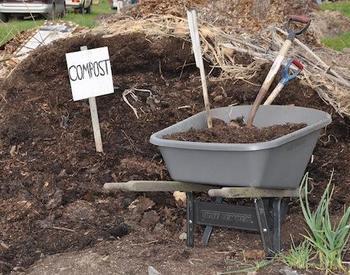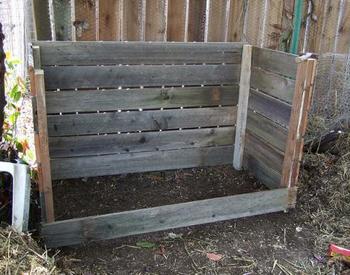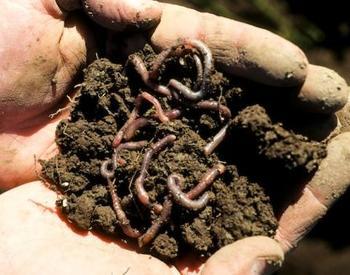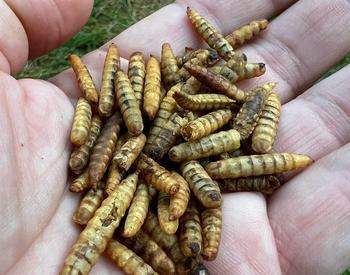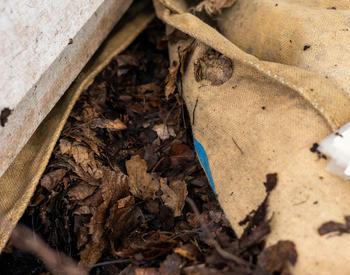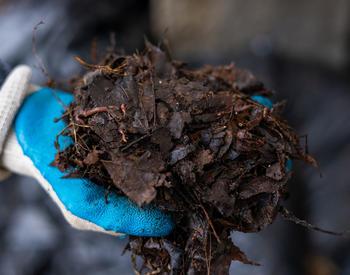Consider the variety of fertilizer products at any garden center: It’s apparent that fertilizer is not one size fits all. Variables include nutrient strength, speed at which nutrients become available to plants, source of the raw nutrients, how the fertilizer is applied and more. All those variables make fertilizer a potentially difficult choice for the uninitiated. Understanding fertilizer basics helps gardeners avoid mistakes like over- or under-application, or poor timing of the application.
Because Extension agents are tasked with delivering solutions using science and data, fertilizer questions that come into the Extension office are often answered with another question: When was your last soil test? For the home garden, a soil test is particularly helpful at garden establishment and every three (vegetable gardens) to five (woody material, shrub beds) years afterward.
Interpretation of soil tests is a topic worthy of its own article, but as they pertain to fertilizing, many people are surprised to learn that nitrogen (N) recommendations are often not included in soil test recommendations. Other times, N recommendations are general, giving only a range like low, medium and high. In part, this is because N is available in the soil in different forms and N levels change frequently.
About N, P, K
Nitrogen, phosphorus and potassium, represented by the letters N, P, and K, are the three major nutrients by which fertilizers are described. A general, well-rounded fertilizer might be labeled 10-10-10 or 20-20-20. These numbers represent the percent by weight of these nutrients in the fertilizer compound.
Other fertilizers are richer in a single nutrient. A spring lawn fertilizer might be 20-5-5, designed to encourage lush green growth, while a fall lawn fertilizer might be 5-15-15, for cool season root development. An additional layer of complication for lawns is dependent upon the grass type: for some types, a fall fertilizer like 0-20-20, with no nitrogen at all, is more appropriate.
In every case, the numbers tell the proportion of these nutrients in each bag of fertilizer. The remaining material will be other nutrients (usually in small or trace amounts), and filler used to disperse material evenly.
Other macronutrients
Also known as the “secondary nutrients,” just as important for plant development but needed only in small amounts, these include calcium, magnesium and sulfur. The amount of these naturally present varies with soil type. For example, sandy soils do not generally have much calcium, so vegetables grown in sandy soils often suffer from blossom end rot if additional calcium is not applied early in the plants’ development. Both calcium and sulfur influence soil pH in large amounts. Sulfur plays a role in helping plants boost winter hardiness.
Micronutrients
An additional eight nutrients, needed in trace amounts, make up the micronutrients: boron, chlorine, copper, iron, manganese, molybdenum, nickel and zinc. Each of these plays a role in some aspect of plant development.
Manganese and zinc are important for the formation of shells in tree nuts, for instance. Iron deficiency causes pale yellow leaves, similar in appearance to nitrogen-depleted leaves. Sometimes, micronutrients are present in soil but not in a form available to plants.
For those growing large amounts of a specialty crop, analysis of the micronutrients via soil testing can be extremely informative. Application of small amounts of micronutrients can have a noticeable impact.
Speed of availability
Fertilizers vary in the speed at which their nutrients are plant-available. There are both quick-release and slow-release fertilizers. Slow-release fertilizers deliver a microdose of nutrients every time you water, while quick forms may deliver a rush of nitrogen to get plants going.
Slow-release fertilizers may continue to work for a few weeks to nine months — check the label for details. Organic fertilizers often take longer to break down into a form available to the plants. Depending on the material, this may be a few weeks to a few years.
See Organic Fertilizers for details on the speed and effectiveness of a wide range of organic fertilizer sources.
Perils of overfertilization
One of the many benefits of organic fertilizers is they would rarely be responsible for “burning” plants. Burning may come in the form of atypical streaks of color, browning, yellowing and wilting. Symptoms could show up within hours of application or as much as two weeks later, depending on plant type.
Short of burning, too much nitrogen results in weak, spindly growth. In perennials, we see long, leggy plants that may flop over. In woody material, we may see large leaves with more than usual space between them (long intermodal space).
Vegetables tend to be categorized into light, moderate and heavy feeders. The University of California provides a breakdown of fertilizer needs by vegetable.
